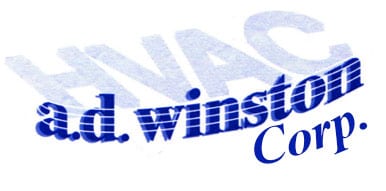Predictive maintenance is the idea of fixing something before it breaks, which can save you LOTS of time and money!
- How Does It Help a Company to Use Predictive Maintenance?
- Preventative Care: Using predictive maintenance, it’s easier to see when and where a tool or machine are beginning to wear. You can replace the part immediately.
- Prevents Breakdowns: A total breakdown can ruin your business.
- Eliminates Overproduction: You no longer have to hold on to excess inventory due to possible breakdowns.
- Minimizes Costs: Replace parts and supplies only when they needed to be.
- Maximizes Production: Hours of production are no longer lost due to unexpected breakdowns or maintenance issues.
What Predictive Maintenance Tools are Used?
There are a number of tools, supplies, and procedures that your maintenance team can apply. The great part about these tools is that none of them will interfere with production schedules and your equipment can run at normal capacity.
Here are the tools most commonly used:
- Vibration Analysis: A trained individual will either use a hand-held device or a monitor built into the machinery. The vibrations will pinpoint where wear is showing, on parts like shafts and bearings.
- Sonic and Ultrasonic Analysis: Works in a similar fashion to thermal imaging.
- Thermal Imaging: Using infrared thermal imaging, you can easily spot where the problems are. The heat from the worn component will show up as a hotspot on the imaging.
- Oil Analysis: Allows you to check the oil for any potential leaks. This will show you what is leaking and where. Helps you check for particles and liquids.
- Emissions Testing: Finding out what types of gasses and what else is in your effluent will tell you a lot about the current state of your equipment. It will also help you reduce environmental emissions.
- Condition Monitoring: Using sensors, you can easily detect when things go wrong. You can also set it up to monitor everything from an outside location.
Are There Downsides?
Up front, the initial costs for implementing a predictive maintenance plan can be expensive.
It requires a high level of skill and experience to effectively monitor and accurately interpret the machines.
The initial cost of the condition monitoring equipment is also high. However, if you have more than a few machines, it most likely will prove to be a cost-effective decision to implement a predictive maintenance plan for your manufacturing business.
For larger manufacturing companies, there has been a big move toward implementing predictive maintenance. In fact, by 2024 predictive maintenance is expected to grow worldwide to $3.2 Billion.
Perhaps it’s time for your company to join the movement?
Implementing a new system is never something to be taken lightly. It’s important to have all the facts before making a decision.
That’s why it’s smart to turn to professionals for additional advice like us!
Industrial Intelligence experts will help you navigate the complexities of running a manufacturing business.
DO YOU KNOW WHERE TO START?
It’s not as difficult as you think, when you have the right partner. Download a free brochure NOW! Smart Manufacturing doesn’t have to be complicated.





